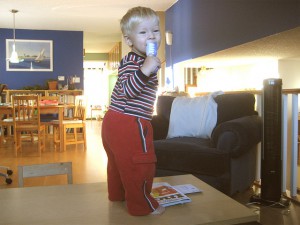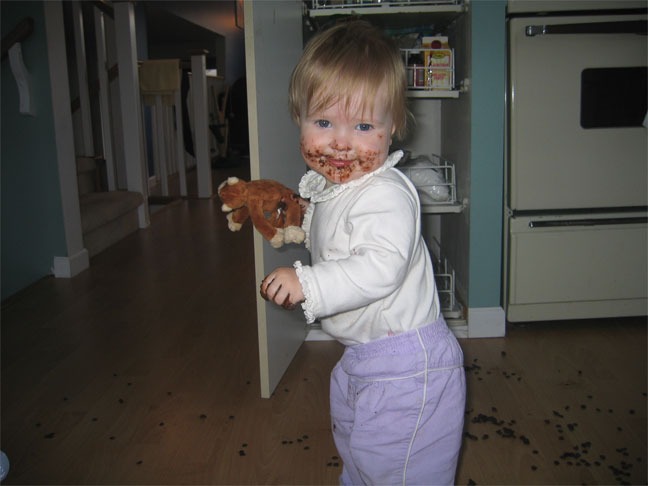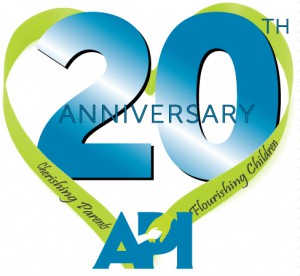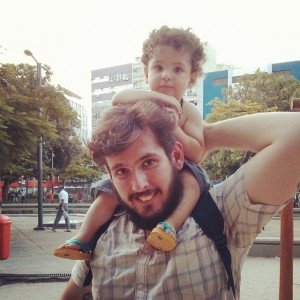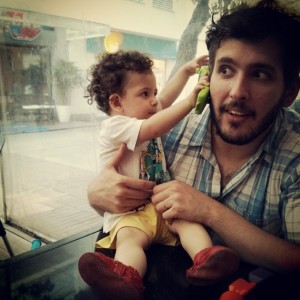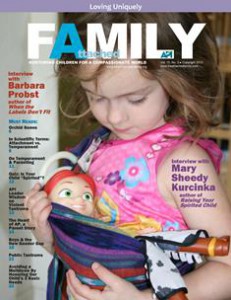 By Barbara Nicholson, cofounder of Attachment Parenting International and coauthor of Attached at the Heart
By Barbara Nicholson, cofounder of Attachment Parenting International and coauthor of Attached at the Heart
If there was ever a true maxim in parenting, this is one to remember: There is no such thing as a quick fix!
Now, that may sound sad or daunting to parents who want some simple tools to raise their children, but it’s important to step back and look at the big picture when we find ourselves opting for quick fixes. If our goal is to raise healthy, happy, compassionate, loving human beings who are responsible citizens of the community, this could be compared to creating a masterpiece in music, art or even some business endeavor.
Can we expect to create a musical masterpiece by ignoring our need to put hours into practicing our instrument, learning theory and listening to other virtuosos in developing our craft?
Each stage of our parenting journey has equal amounts of relief and new challenges. Just when we rejoice that our toddler is out of diapers, he decides to draw us a picture with permanent markers on the newly painted kitchen wall. Just when our teenager gets his driver’s license and we have him run a few errands, he gets in a fender bender in the parking lot of the grocery store.
The parents who look at the big picture can keep their cool: “Remember, this is a teachable moment. What can we all learn from this?” The quick fix answer would be to simply put the toddler in the corner or ground the teenager from driving, but how will that accomplish our long-term goal of a healthy, responsible human being?
Yes, it takes so much more time to get out the cleaning supplies and ask the toddler to help clean the walls, then set up an art corner in the kitchen with appropriate supplies for painting a picture. It also takes more time to give the teenager more instruction in parallel parking and possible restrictions on his driving until he’s more mature. But what incredible opportunities for connection, understanding and empathy!
Once, when my oldest son was a toddler, we had the experience I just described: He found some markers and joyfully created a beautiful mural all over the walls in the freshly painted main hallway of our house. Being a new mom, I was shocked at how strongly I reacted to this.
I was so angry, yet he was so proud and happy. Seeing my reaction, he dissolved into tears and I lacked the maturity and parenting skills to know what to do! I actually left him crying while I called a friend who had older children and whose parenting skills I admired. She wisely told me to get out the cleaning supplies and have him help me, thus beginning my journey into seeing these episodes as teachable moments.
Parents may fear that this is taking away their power, that if they don’t harshly chastise their children, they will not learn a lesson and will then repeat the behavior. But going back to the musical metaphor, what if you were spanked or yelled at every time you made a mistake playing your instrument? Who can learn anything by this kind of treatment?
However, if our instructor — or parent — can patiently demonstrate the correct way to play the song, or clean the wall, or drive the car, then the lesson is deeply understood, often not repeated, and everyone’s dignity remains intact. How can a quick fix compare to that?



